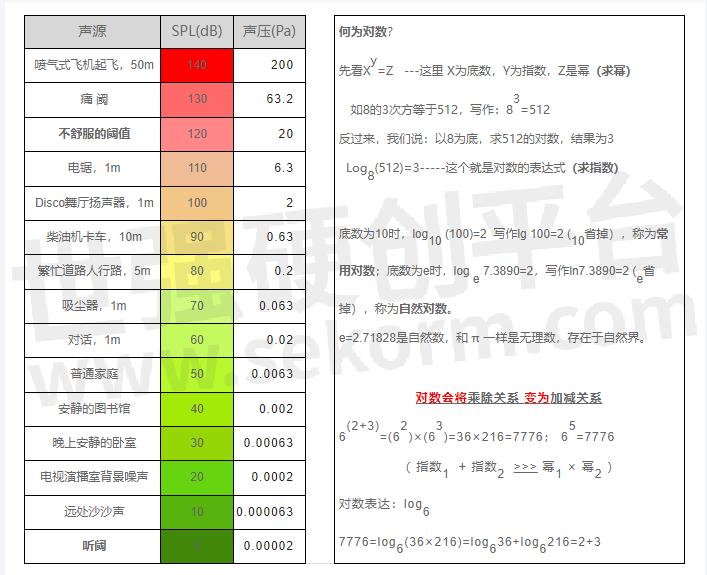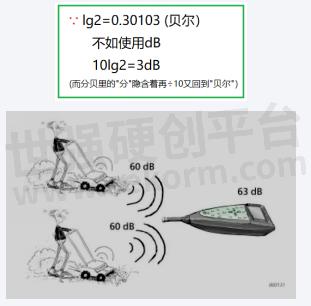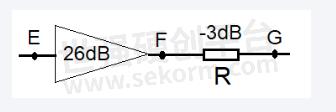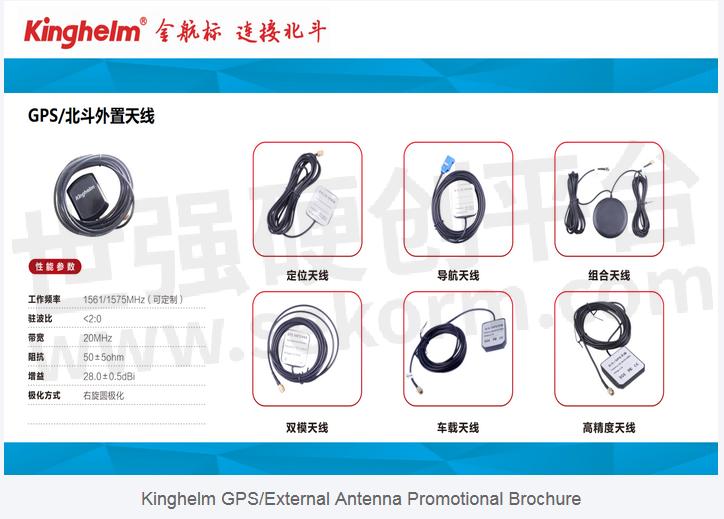Definition and Significance of Decibel, Signal-to-Noise Ratio, and Standing Wave Ratio (Part 1)

Mr.
Zhang Wujun is an expert in the field of information technology with
rich experience and outstanding achievements. His career spans from the
military industry to the civilian sector, and he has participated in or
led the design and development of multiple projects. His most
significant recent achievement is his participation in the planning and
design of the main scheme for Shenzhen Metro Communication
Engineering. As a technical consultant for Shenzhen Kinghelm Electronics
Co., Ltd., Mr. Zhang has extensive professional knowledge and practical
experience in the field of communication electronics. He participated
in the wireless system design for the first phase of the Shenzhen Metro
project and served as a technical representative, making contributions
to the selection of CDMA technology. He also designed the internal
monitoring and television subsystems for a surface warship, which was
reported by the central media and made contributions to China’s military
industry. Mr. Zhang also served as the chief technical consultant for
the International Intelligent Building magazine for many years and has
won the Excellent Paper Award from the Shenzhen Electronics Society
multiple times. His contributions and achievements in the fields of
communication electronics and information technology have been widely
recognized and praised. Now, let’s take a look at Mr. Zhang Wujun’s
analysis of several indicators and their definitions and significance.

First.Decibel (dB)
The dB is an abbreviation of the English word “decibel,” which is one-tenth of a bel. The “bel” is named after the distinguished scientist Alexander Graham Bell. Bell obtained the patent for the invention of the telephone in 1876 and made significant breakthroughs in the application and development of the telephone (the world-renowned Bell Labs also originated from this). Therefore, when using the dB symbol, the “B” should be capitalized (B is a name). (Similarly, Newton, Gauss, Faraday, Henry, Ohm, Volt, Ampere, Watt, and other units of force and electricity are named after people.)
Since the “bel” unit is relatively large and inconvenient to use, the more commonly used unit is one-tenth of a bel, which is the decibel. The decibel in electrical engineering comes from acoustics.
1.About Decibels in Acoustics (logarithmic relationship):

2.Definition of Decibel (dB)
The
dB is a unit used to express the comparison relationship between two
physical quantities of the same kind and with the same unit. It
represents the ratio of two power or voltage/current values (or two
sound pressure values). The decibel was originally used to measure the
relative loudness of sound. In the early days of telephone engineering, dB was used to measure the power ratio of two electrical signals.
Specific definition (logarithmic expression):
![]()
When using current/voltage as physical quantities:
![]()
Decibel
is a logarithmic expression of “ratio” and has no physical unit. 1 dB
is similar to “one, ten, hundred, thousand, ten thousand” and is a
“multiple” unit.
The
two definitions above may seem inconsistent, but in fact, there are two
definitions precisely to ensure consistency, because P=U2/R or P=I2R.
Questions:
1.Assuming P1 is 10 times P0, what is the conversion to decibels? (+10 dB)
2.Assuming P1 is 100 times P0, what is the conversion to decibels? (+20 dB)
3.Assuming P1 is 1 times larger than P0, what is the conversion to decibels? (+3 dB)
4.Assuming P1 is 1 times smaller than P0, what is the conversion to decibels? (-3 dB)

The decibel value of sound is specific, similar to dBm in electronics, defined as the ratio of noise source power to reference sound power (logarithmic expression).
3.Using dB to express signal amplification or attenuation
When calculating the gain or loss in a signal chain, the original multiplication and division relationship becomes an addition and subtraction relationship (simplifying design calculations).
In analog circuits, engineers use the cumulative addition and subtraction of decibels of each component to replace the cumulative multiplication and division of the amplification or loss/attenuation values of each component.
The total amplification factor of an electronic system is often several thousand, tens of thousands, or even hundreds of thousands. A radio, from the signal received by the Antenna to the RF amplification, demodulation, and speaker amplification, needs to be amplified by about 20,000 times. When expressed in decibels, the value is much smaller.
4.Applications of dB
A. Describing the specific value of a signal. We use 1mW as a fixed reference value to replace P0 in the above formula, so we can use dBm (where m means relative to 1mW) to describe the specific power of P1. A signal of 0dBm is 1mW.
B. Gain. As mentioned above, dB represents the comparison relationship between two physical quantities of the same unit. After passing through an amplifier or attenuator or a transmission line, the signal will be amplified or attenuated, becoming stronger or weaker. The decibel value obtained by comparing the values before and after is the gain (positive for amplification and negative for attenuation) [Note: when talking about gain, it is dB, not dBm].
C. In the figure below, the power at point F is 400 times that at point E. We say that the gain of this amplifier is 26dB. After being attenuated by half through resistor R (gain of -3dB), the gain of point G relative to point E is 23dB.
------Multiplying by 400 and then dividing by 2, the decibel calculation formula is (+26dB-3dB=23dB).

For
example, 30dBm + 20dB = 50dBm, which means 1 watt x 100 times equals
100 watts; 100 watts ÷ 100 times is 1 watt; 100 watts ÷ 1 watt is 100.
Second.Signal-to-Noise Ratio
Signal-to-Noise
Ratio (SNR) is the ratio of the effective power of the signal to the
effective power of the noise (generally expressed in logarithmic form),
with units of dB.
SNR = 10 lg(PS/PN), where PS and PN represent the effective power of the signal and noise, respectively.
When converted to a comparison relationship of voltage amplitude, SNR = 20Lg(VS/VN), where VS and VN represent the “effective values” of the signal and noise voltage, respectively.
Whether at the input or output end, a higher SNR is better!

- +1 Like
- Add to Favorites
Recommend
- AI & Machine Learning: Simplifying IoT Antenna Integration with Virtual Antenna® Technology
- Revolutionary Virtual Antenna® Solution for Revolutionary Ski Boot Design
- NeuronicWorks Partners with Ignion to Accelerate IoT Device Designs with Virtual Antenna® Solution
- Antenna Intelligence Cloud™ Simplifies Designs with Multiple Antennas
- Virtual Antenna®, the clear winner over PCB trace in reducing hardware iterations
- Safer Journey Awaits: Igniting Road Safety with Virtual Antenna® Technology
- Getting the Best Cellular IoT Antenna Performance: Why It’s Better to Focus on the Specific Bands in Your Region
- Ignion Announces the Smallest Virtual Antenna™ at the Wi-Fi World Congress Which is with a size of only 3x2x0.8mm
This document is provided by Sekorm Platform for VIP exclusive service. The copyright is owned by Sekorm. Without authorization, any medias, websites or individual are not allowed to reprint. When authorizing the reprint, the link of www.sekorm.com must be indicated.





























































































































































































































































































































































































































































































































































































































































































































































































































































































